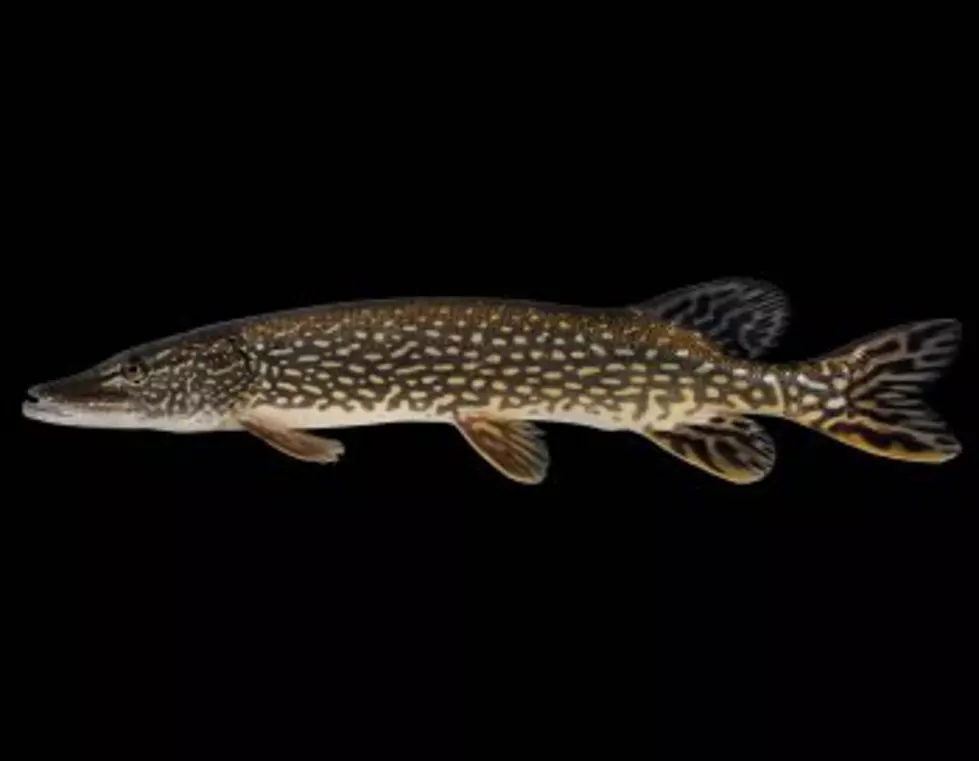
Biologists find nonnative northern pike in Placid Lake
Bucket biologists appear to have been at it again, this time introducing unwanted pike into Placid Lake.
On May 8, Montana Fish, Wildlife & Parks biologists were surveying the fish species in Placid Lake, south of Seeley Lake, when they pulled up a fish that wasn’t supposed to be there: a long spotted fish called a Northern pike.
There was immediate concern because pike are predators that could wreak havoc with the fish species that already populate Placid Lake. Placid Lake is a popular fishing spot for those who like kokanee, largemouth bass and westslope cutthroat trout.
Threatened bull trout also migrate through the lake. If a pike population became established in the relatively small lake, a few - if not all those species - might rapidly disappear.
That’s why fisheries biologists are going to propose an emergency fishing regulation that would require anglers to kill any pike they catch in Placid Lake and then turn it in to FWP for analysis. Biologists could assess the dead fish to determine their age and origin and maybe give them an idea of the size of the population.
Northern pike can grow as large as 40 pounds and aren’t native to most of Montana, with the exception of the Saskachewan River east of Glacier National Park. But over time, legal and illegal introductions spread the predator to lakes and slow-moving streams across the state except the southwestern corner.
As a result, pike do inhabit Seeley Lake, which feeds the Clearwater River. Placid Lake also drains into the Clearwater River, so there’s a chance that pike could have migrated from Seeley Lake to Placid Lake via the river, said FWP spokesperson Vivica Crowser.
However, there’s a dam at the outlet of Placid Lake, so fish can only move up into the lake when spring runoff in the stream is high. The last time the water was high enough to allow fish to enter Placid Lake was 2018, Crowser said.
If pike moved in on their own, they’d have been living in Lake Placid for two years but were only found now.
However, it’s not uncommon for fishermen to illegally transplant their favorite fish into places they shouldn’t be, just because they want to catch them there. Such people are sometimes called “bucket biologists,” but their actions have nothing to do with biology and can often throw established ecosystems out of balance.
FWP has documented more than 600 illegal introductions in state lakes, reservoirs, ponds and rivers since the 1980s, and Northern pike have the most illegal introductions.
After pike were introduced into Seeley Lake in the early 1990s, the trout fishery suffered and then the predator made its way into the Blackfoot and Clark Fork rivers.
Introduced pike also ruined the largemouth bass fishery on the Thompson Chain of Lakes west of Kalispell, so biologists don’t want largemouth bass in Placid Lake to suffer the same fate.
On May 28, biologists will ask the FWP commission to approve the new regulations to deal with pike in Placid Lake. If any additional pike are caught, they could help biologists learn how long the pike have lived in the lake and perhaps how they got there.
This wouldn’t be the first time FWP has put regulations in place to allow unlimited capture and kill of an introduced species. In 2013, many anglers grew concerned about reports that someone from the town of Seeley Lake had illegally introduced smallmouth bass, another predator, into Seeley Lake.
Farther north, in Swan Lake, biologists found illegally introduced walleye in 2015. Their analysis of the ear bones or otoliths of the walleye proved the fish had come from Lake Helena.
In addition to asking fishermen to kill all the smallmouth bass, walleye they catch, FWP put up a small reward to find the man who had introduced the bass in 2013. Since then, several fishing organizations joined in, adding money such that now the reward is $30,000.
Contact reporter Laura Lundquist at lundquist@missoulacurrent.com.
